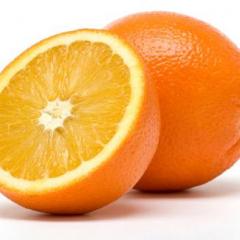IGNORED
Ball Held by Inner Cup Liner, Ruling? (Pictures Inside)
Note: This thread is 1329 days old. We appreciate that you found this thread instead of starting a new one, but if you plan to post here please make sure it's still relevant. If not, please start a new topic. Thank you!
-
Topics Being Discussed Right Now on The Sand Trap
-
- 5 replies
- 147 views
-
- 2,368 replies
- 236,951 views
-
"5 Minutes Daily" Practice Challenge 1 2 3 4 837
By iacas, in Instruction and Playing Tips
- 5 minutes daily
- dedication
- (and 6 more)
- 15,050 replies
- 904,580 views
-
Low Spinners (Viktor Hovland, AoA) 1 2
By iacas, in Instruction and Playing Tips
- spin loft
- low spinner
- (and 2 more)
- 18 replies
- 3,610 views
-
- 2,955 replies
- 226,980 views
-








Recommended Posts
Create an account or sign in to comment
You need to be a member in order to leave a comment
Create an account
Sign up for a new account in our community. It's easy!
Register a new accountSign in
Already have an account? Sign in here.
Sign In Now